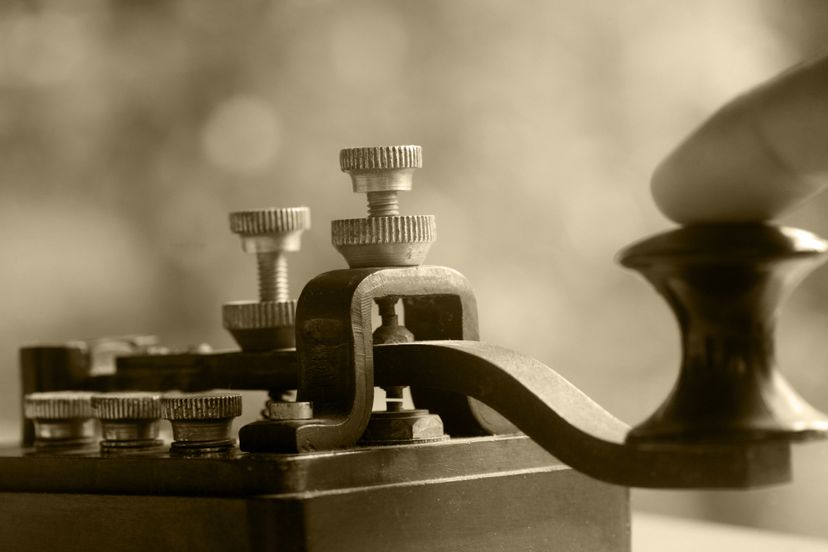The transatlantic cable, a series of undersea cables, enabled real-time transmission of messages across the Atlantic Ocean. A joint effort between U.S. businessman Cyrus West Field and British engineer Charles Tilston Bright, the transatlantic cable connected North American and Europe.
The project presented numerous challenges. The cable needed to be durable enough to withstand the harsh underwater environment while maintaining efficient signal transmission. Additionally, the immense distance and depth of the Atlantic Ocean posed logistical hurdles.
However, advancements in cable design, insulation and laying techniques pushed the project forward. Completed in 1858, Queen Victoria wrote a message to President James Buchanan:
The Queen desires to congratulate the President upon the successful completion of this great international work, in which the Queen has taken the deepest interest. The Queen is convinced that the President will join with her in fervently hoping that the electric cable, which now connects Great Britain with the United States, will prove an additional link between the nations whose friendship is founded upon their common interest and reciprocal esteem. The Queen has much pleasure in thus directly communicating with the President and renewing to him her wishes for the prosperity of the United States.
However, the success was short-lived. Issues, such as weak insulation, signal distortion and excessive cable tension resulted in inconsistent and low-quality transmissions. The cable was not operable a mere few weeks later.
Efforts to replace the cable started in 1865, but this second attempt also failed as the cable became damaged. By 1866, the Great Eastern ship laid the cable, connecting Europe and North America.
